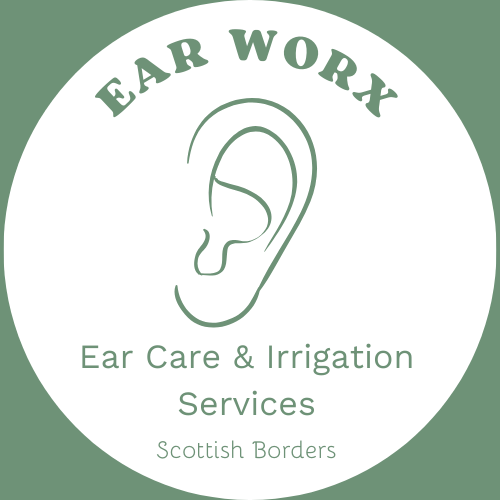ABOUT EAR IRRIGATION
What is Earwax Removal by Irrigation?
Ear irrigation is a widely used method for clearing excess earwax, or cerumen, from the ear canal. Earwax serves an important role by protecting and lubricating the ear, keeping out debris, and preventing bacterial growth. This modern technique has replaced the older practice of ear syringing and is considered a safe, effective, and comfortable way to clean the ears.
How is Earwax Removal by Irrigation Performed?
During ear irrigation, an electronic device is used to gently flush out earwax. The device has a water reservoir and a handheld nozzle that delivers water into the ear canal at a controlled, steady flow. The water softens and loosens the wax, allowing it to be flushed out and collected in a container called a noots tank. The procedure typically takes 15 to 30 minutes, depending on the amount, type, and depth of the earwax, as well as whether one or both ears are being treated.
Before the procedure, it's necessary to soften the earwax by applying ear drops for several days to a week. In some cases, this can cause the earwax to expand, worsening the blockage and increasing symptoms. Occasionally, ear drops may also cause irritation or trigger ear infections.
Benefits of Ear Irrigation
Ear irrigation is a useful way to remove earwax, especially if the wax isn't fully impacted. This method is sometimes available at local GP practices, although many have discontinued the service due to its limitations and potential side effects. When successful, ear irrigation eliminates the need for more invasive treatments. Some people also find the procedure relaxing and therapeutic.
Limitations and Side Effects
Ear irrigation is generally viewed as a safe alternative to ear syringing, but it may not be suitable for everyone. As a registered nurse I will conduct a comprehensive consultation to determine your eligibility for the procedure.
Earwax irrigation is not advisable for individuals who:
Have a perforated eardrum or a history of perforation within the past 12 months.
Have previously experienced complications from irrigation, such as ear pain or severe dizziness.
Have discharge from the ear or an ear infection within the last two months.
Have undergone ear surgery, except in cases where extruded grommets have been out for at least 18 months.
Suffer from recurrent or persistent infections in the ear canal.
Have had a middle ear infection (otitis media) in the past six weeks.
Have a foreign object lodged in the ear canal.
It’s important to note that no method of earwax removal is entirely without risk. Potential side effects and complications of ear irrigation may include:
Discomfort or pain in the ear canal.
Tinnitus, or a ringing sensation in the ears.
Temporary feelings of faintness, dizziness, or vertigo if the water temperature is not at body temperature, typically resulting from the “caloric” effect; these sensations usually resolve quickly.
Further impaction of earwax due to the flushing action.
Outer ear canal infections (e.g., otitis externa), particularly in individuals with a history of eczema or ear infections.
Damage or trauma to the ear canal and eardrum, including perforation.
Infection of the surrounding bone tissue (mastoiditis).
-Hearing loss, which is rare but can be either temporary or permanent.
Most side effects are usually short-lived and resolve within a day. If you experience worsening pain or discomfort, or any other unusual symptoms, it is crucial to consult your doctor. For severe pain, seek immediate medical attention to rule out a perforated eardrum or other injuries.
Preparation for Treatment
It is recommended to use olive oil for this procedure which i will provide at your initial consultation.
Ear irrigation is indicated only when hearing is diminished due to wax obstructing the eardrum; routine irrigation is not advised.
Before undergoing ear irrigation, you should apply olive oil drops twice daily for seven days. This will help soften the wax and encourage its natural removal from the outer ear. Avoid inserting cotton wool into your ears, as it will absorb the oil.
